ASB has recently made efforts to promote school diversity. For example, they hosted a diversity forum during a congressional meeting. However, not all efforts have been sensitive toward minorities.
By Karen Xia and Neda Shahiar
White supermodels Gigi Hadid and Kendall Jenner, among others, sported dreadlocks during their “avant-garde” walk for Marc Jacobs a couple of weeks ago during New York Fashion Week.
Jacobs was praised by Vogue for his ingenuity, yet when Black actress Zendaya Coleman sported dreadlocks on the red carpet, a fashion commentator said her hair “is making her a little more boho. I feel like she smells like patchouli oil. Or weed.”
Instances in which white people, such as Jacobs and his models, adopt different aspects of cultures and turn them into fads–without respect for the original culture–are called “cultural appropriation.”


Cultural appropriation is further being encouraged by the Associated Student Body for Sept. 28’s spirit day, called “World Day.”
During homecoming week, ASB designates each of the five school days to be spirit days. Students dress up in costumes according to the theme for that day. Past themes have included beach day, pajama day, and space day.
The instructions for World Day are to “wear anything from another culture.”
These instructions promote the idea that people should simply cherry pick different aspects of cultures that are viewed as trendy or humorous—bindis, kimonos, sombreros—without understanding the background of these items or how groups have been ridiculed or oppressed for wearing them.
In a community where students have been made fun of for their Indian accents and stopped by police or called terrorists based on their ethnicities, allowing students to mindlessly mimic parts of another culture is not an effective means of promoting diversity.
Individuals belonging to marginalized groups are often unable to convey their cultures through their dress without being viewed as “outsiders” or “foreigners.” Yet, white people like Hadid and Jenner have the privilege of wearing any item from a different culture because their skin color protects them from prejudices that people of color, like Coleman, face for the same actions.
This display of privilege is unfair to marginalized groups, and thus should not be encouraged.
Additionally, culture isn’t simply the clothing we wear—it is built through customs and norms, art, music, literature, and many other aspects of a collective group.
Culture is not a cute costume that we may don for the sake of entertainment or style. By making cultural dress a spirit day costume, we equate it with the other costumes such as pajamas, alien outfits, and giraffe onesies. This degrades various cultures and diminishes their value and historical significance.
“I don’t think World Day was really a good idea, because you’re just dressing up as another culture for one day,” said Joel Navarro, ASB member and president of the Latino Student Union. “You’re just wearing a costume, and people won’t ask you why you’re wearing it.”

Although the idea of cultural costumes is a form of cultural appropriation, the lunchtime World Day event planned by ASB is a form of cultural appreciation. Cultural and ethnic clubs were invited to share aspects of their culture at booths set up in the quad. This is effective because instead of simply donning a trend of a culture, students have the opportunity to experience and learn about authentic traditions.
This was an admirable choice from ASB, and to further promote such awareness, students should be encouraged to dress in clothing of their own cultures–not adopt that of others.
World Day was not created with malicious intent, but rather to promote diversity. Ultimately, however, it stems from an ignorance regarding the difference between cultural appreciation and appropriation. In the future, we ought to be more sensitive when creating spirit days, and deeply consider the means by which we promote diversity.
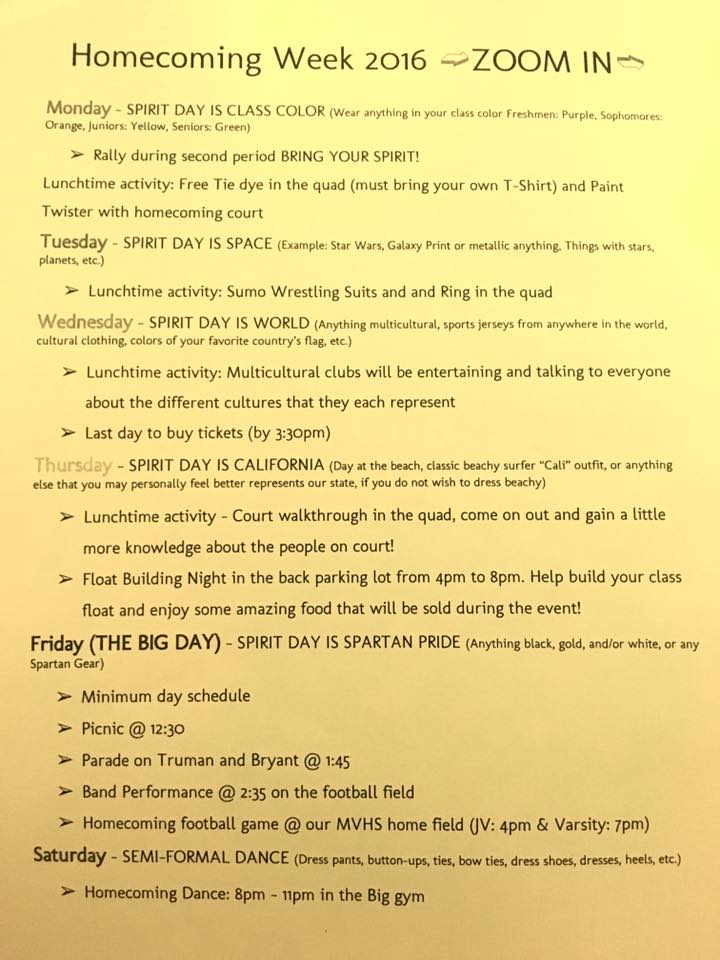
The flyer, shared by ASB, lists “anything multicultural, sports jerseys from anywhere in the world, cultural clothing, colors of your favorite country’s flag, etc.” as ideas for World Day attire.

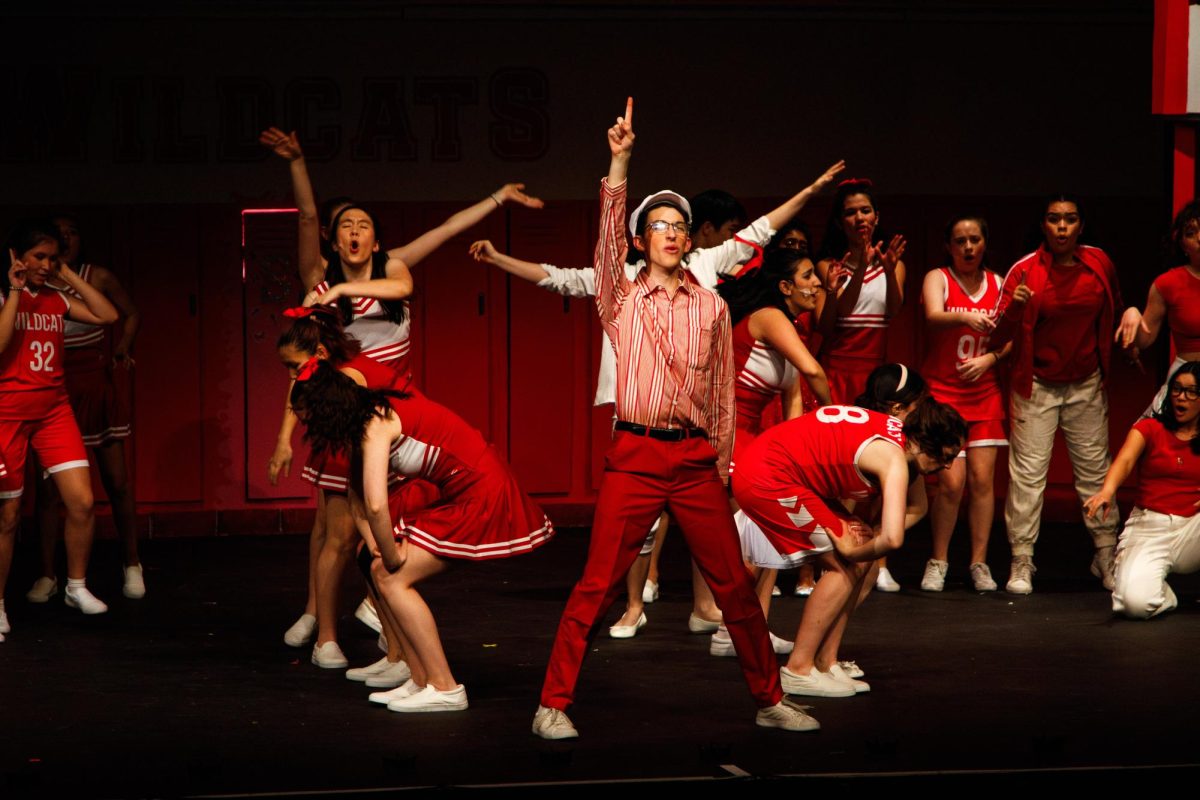
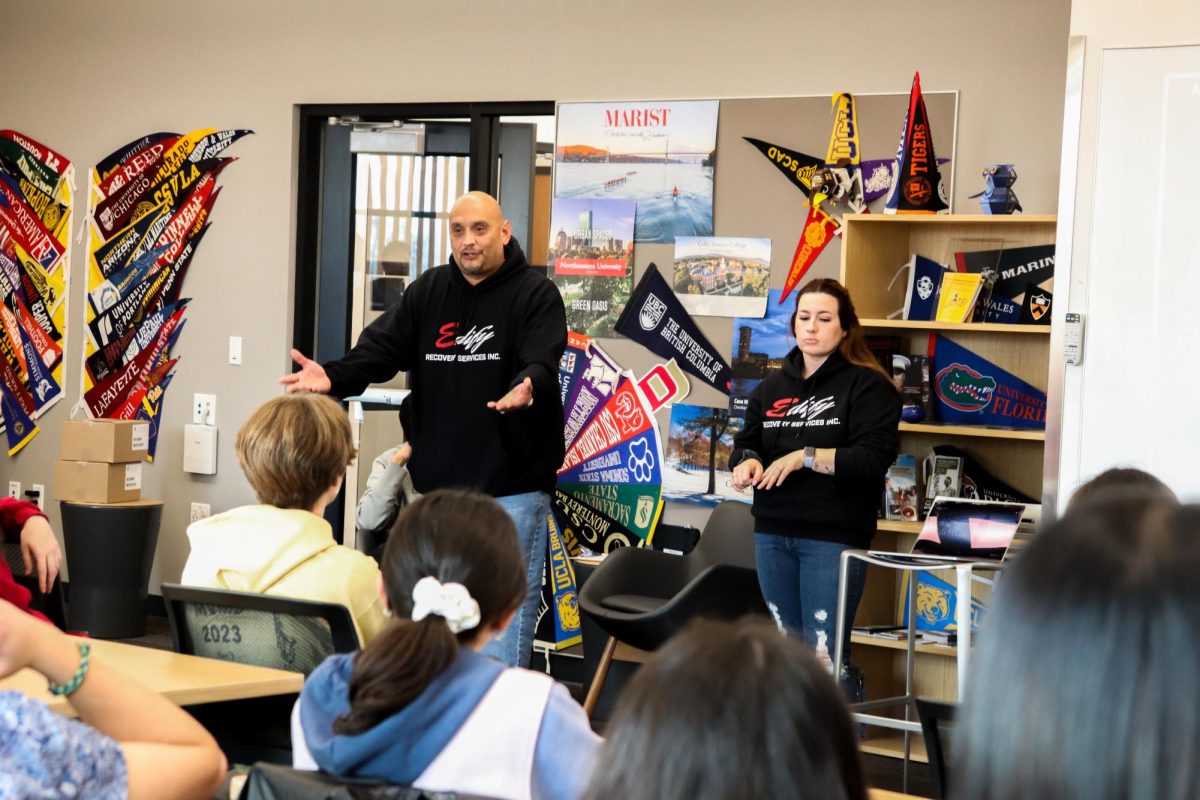


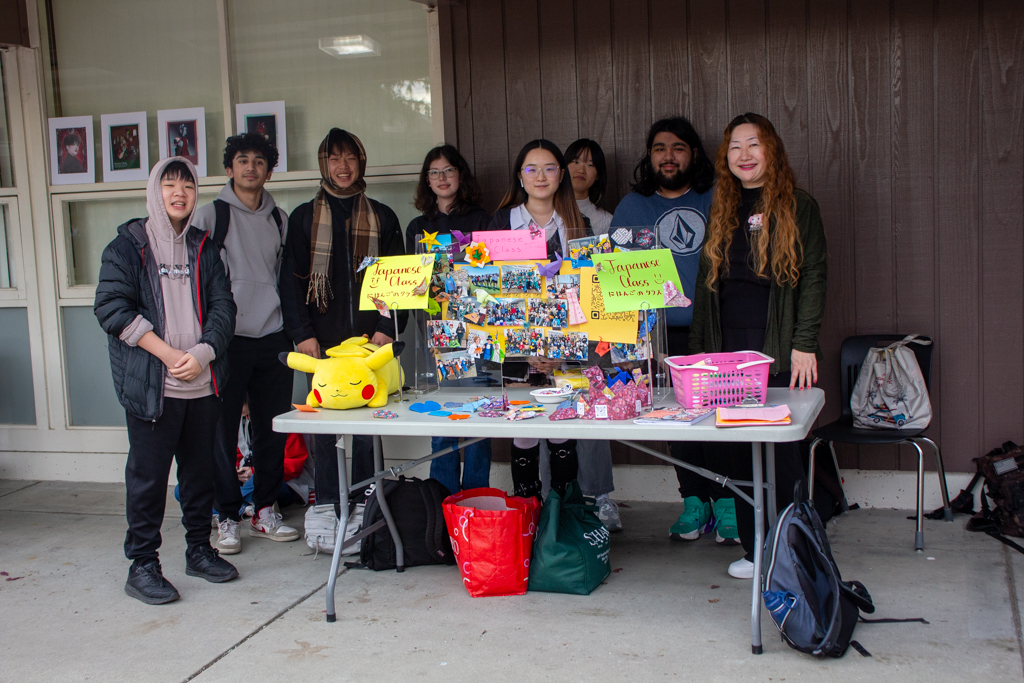




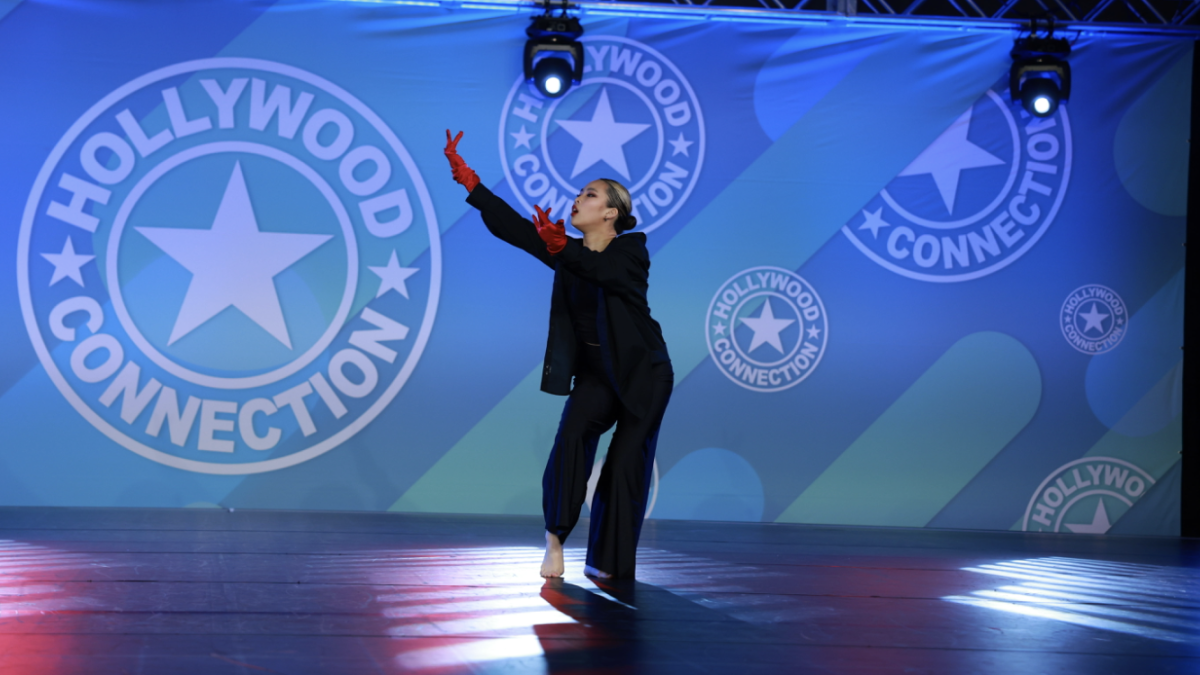
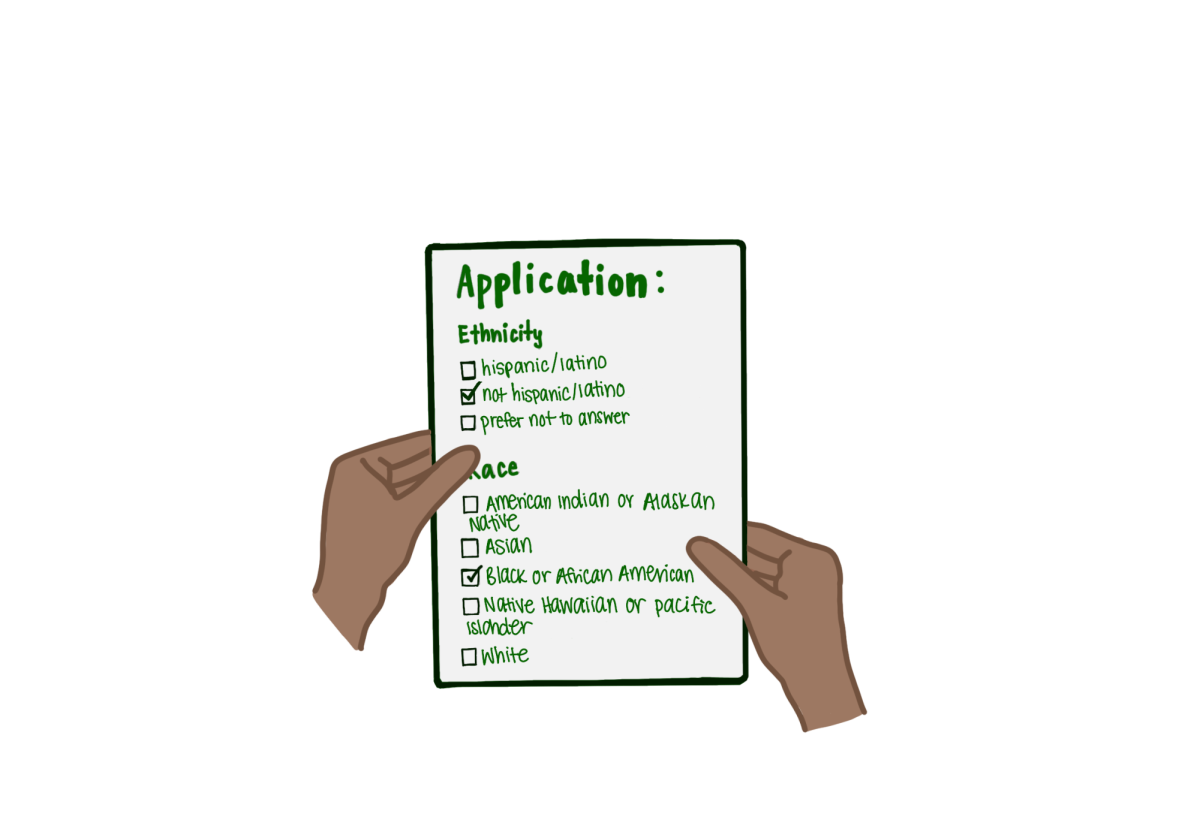
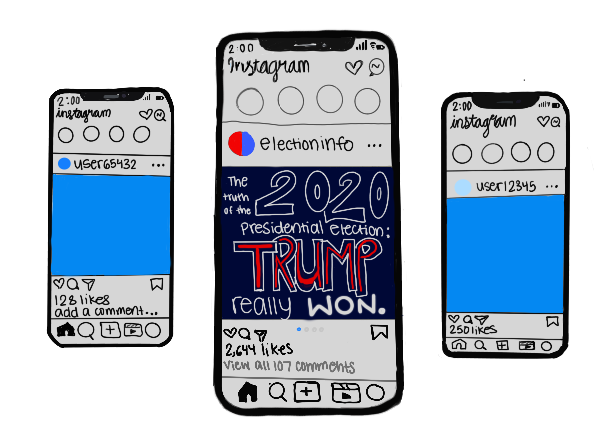





















:0 • Sep 27, 2016 at 11:33 pm
If someone sticks chopsticks in their hair imma bust their ass
I love white people • Sep 27, 2016 at 11:21 pm
I love it when white people get to dress up as my culture and be me for a day but then ignore all the problems and unique experiences I have to deal with and suppress my culture when I try to express it. Oh but also I don’t see color. Unity! Everyone is the same! We’re all one race!
Aren't white people the best • Sep 28, 2016 at 9:37 pm
Its great to see them either dress up in complete American flag clothing saying that the only country in the world that matters is the U.S. or dress up in the outfit of my culture and make jokes about it!
Anonymous • Sep 27, 2016 at 10:58 pm
literally oracle is the only cultured group on campus, we should be giving props to them, not bash them for speaking the truth
Gigi Hadid • Sep 27, 2016 at 10:26 pm
Hey guys, just a heads up for you partisan writers: I am not white actually! If Barack Obama is half-black and considered black then why am I considered white when my father is Palestinian. Editorial Integrity is key!
Neda and Karen • Sep 27, 2016 at 11:06 pm
Hi Gigi, to answer your question, colorism strongly influences a person’s experiences, regardless of their race. While Obama is viewed instantly as a black man and thus subject to the discrimination that black men in America face, your white skin, blonde hair, and blue eyes protect you from the discrimination that a Palestinian person typically faces. Regardless, because you are not Black, wearing dreadlocks is still a form of appropriation. On the other hand, if you chose to dress in traditional Palestinian garb it would not be a form of appropriation, because it’s your own culture.
Neda and Karen • Sep 27, 2016 at 9:57 pm
this is true! and we absolutely should be allowed to enjoy each other’s cultures– through APPRECIATION, not appropriation, as stated in the article 🙂
meh • Sep 27, 2016 at 10:00 pm
Would you say that maybe if ASB was to make a more distinct guideline for what can and cannot be worn that we would be able to have diverse showing of culture while also making sure people remain respectful to others cultures or would their still be some way students who are looking to cause harm can be disrespectful.
Toad • Sep 27, 2016 at 9:34 pm
You people are such fucking morons it’s almost unbelievable.
Neda and Karen • Sep 27, 2016 at 9:49 pm
If you’re interested in expanding your commentary and offering a fully-developed opposing view, we’d love to work with you to publish a more thorough response!
meh • Sep 27, 2016 at 9:52 pm
“allowing students to mindlessly mimic parts of another culture is not an effective means of promoting diversity.” While some students, as is the case with anything, will choose to be insensitive and make a mockery of an aspect of someones culture, most will choose to be respectful and just do as the description says, wear something from another part of the world. It can just be something they bought from a country they visited which a lot of people in that country happen to wear. America is a melting pot and we can’t reach full unity if we are not allowed to enjoy each others cultures.
lol • Sep 29, 2016 at 8:40 pm
you guys need to for once accept that the article has points instead of trying to fight